Fordham Dining Works to Address Long Lines for Food On Campus
With thousands of people returning to Fordham’s campus following a virtual hybrid year and the largest class of freshman in Fordham history, the sudden increase in the student body is beginning to affect campus dining in the form of long wait lines at Fordham’s dining locations.
According to Fordham Facts, there are currently 3,425 undergraduate students living on the Rose Hill campus this fall. With only six dining spaces on campus, including the Marketplace, Urban Kitchen, Cosi, Boar’s Head Deli, Starbucks and Salt and Sesame, the ratio of student-to-restaurant is 571 to 1.
At peak dining hours, the wait to get food can become frustratingly long.
“One time my friend and I waited an hour and a half just to get a small coffee,” said Penelope Cespedes, FCRH ’24.
Cespedes said she thinks that the implementation of GrubHub can cause wait times to be exacerbated. “The GrubHub orders are insane, too,” she said. “There’s like a 30 to 40-minute wait for Urban Kitchen and Starbucks all the time.”
Deming Yaun, University Dining Contract Liaison, gave insight into these long wait times and what Fordham Dining Services is working on to alleviate the current stresses on the dining environment.
“Everyone knew we had to take some actions to reduce the line,” said Yaun. “The first few days, people were doing orientation and were released at once. We could have done a better job being prepared for that. We had a day of class and then we had the storm. During the storm, most everyone seemed to come to meals at the same time. They didn’t have to but they did. That created long lines. Once classes really started, there was a leveling out but a bottleneck created by the need to check for vaccinations.”
The Marketplace, the dining space inside the McGinley Student Center, requires proof of vaccination status for students who want to dine inside the cafeteria. In the first few days of the new semester, the cafeteria staff would check for vaccination at the same time that students were expected to swipe their meal card. This process created the bottleneck at the entrance that Yaun described, and so the solution was then to place staff whose job it was to specifically verify student vaccination before the students would swipe in.
“What would we do differently? I would certainly have had the vaccination verification people immediately instead of on day two,” explained Yaun. “That might’ve been handled better.”
According to Yaun, the reports of long wait lines have consistently been dropping since the first week of school. “We’ve had some focus groups with students that indicated that, in their experience, [the lines] were much, much shorter and well within tolerance,” he said. “It’s a bit of a rocky opening. It does happen in the first few days of a normal semester. It seemed to be far greater this semester than ever before, perhaps due to the fact that we had so many sophomores and freshmen on campus for the first time.”
Students on campus seem to agree with Yaun’s assessment. Julian Shuttleworth, FCRH ’24, explained his own current experiences waiting for food. “I’d say the average time waiting to get in is around 10 minutes, plus another wait once you get in to actually get food,” he said. “This is only if you go around times when classes are released.”
Yaun also spoke about improvements to the dining system that the university is currently working to implement, including changes to GrubHub availability and changes regarding the food service workforce on campus. “Items that were not on the GrubHub menu are being added, such as Grab ‘n’ Go,” Yaun said.
As for the university’s position on staffing changes, Yaun commented that most of the changes will be made to the procedures for already working staff while the university attempts to hire more workers. For the most part, the changes “mostly revolve around freeing up staff,” explained Yaun.
“Given the labor environment, we’ve decided to change the routing on the staff we have so we can focus on putting the order together,” he said. “Staff is being rearranged so that there are more people producing orders, taking and ringing them up. There are more people being added in and putting the orders together.”
When asked about how the university plans on hiring more food staff, Yaun said this is “easier said than done.”
“The environment in the labor force, nationally, [is that] people are not returning to work as fast as they’re expected to nationwide,” said Yaun.
The ending of the federal unemployment boost, Yaun said, is helpful in getting more people to work for Fordham Dining. “As they suddenly realize the unemployment boost is over, there is no stimulus on the horizon, they’re feeling more pressure to go back to work. That’s helping us,” said Yaun.
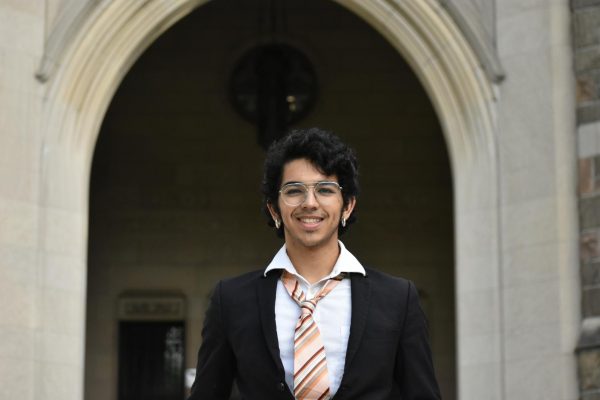
Sebastian Diaz is a senior from Chapel Hill, N. C. who is double majoring in journalism and film. After starting as a news reporter for The Fordham Ram...



































































































































































































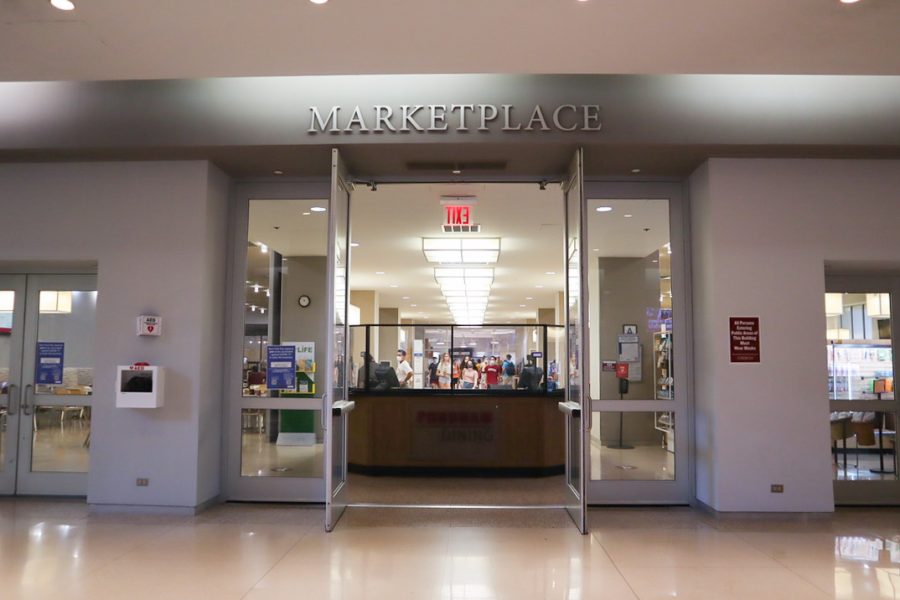




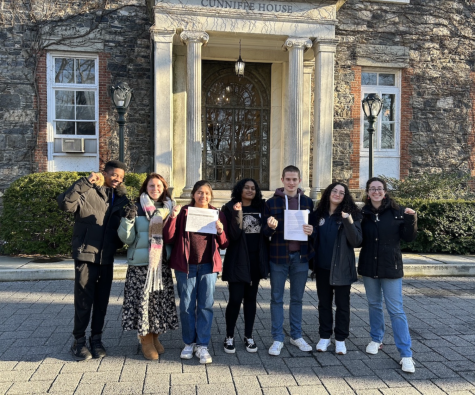
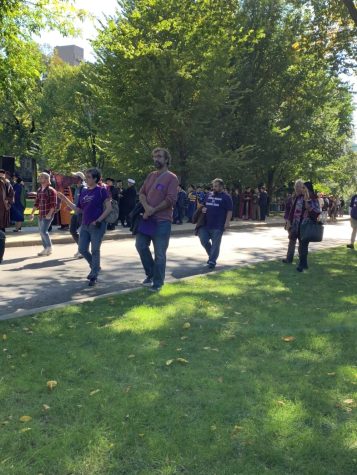
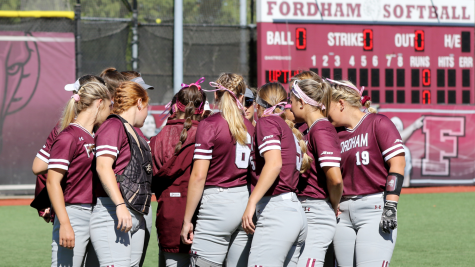
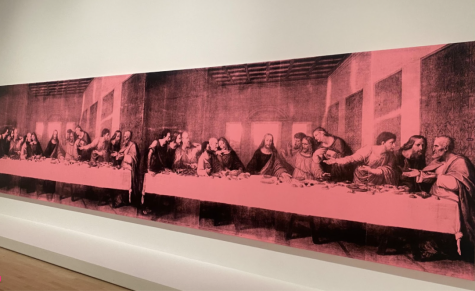
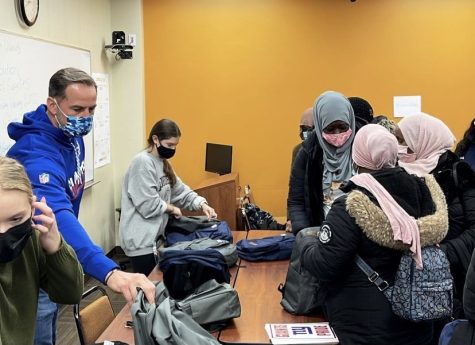
Barbara Weidner • Oct 6, 2021 at 9:11 pm
I find it shameful that Mr Yuan is spouting the tired trope about people returning to work only when their benefits expire. I hope that the administration takes the time to enlighten Mr Yuan on the dignity of work and Catholic Social Teaching.
Mr Yuan might benefit from reading “Just Universities: Catholic Social Teaching Confronts Corporatized Higher Education” by Gerald J Beyer (published by Fordham University Press, 2021).